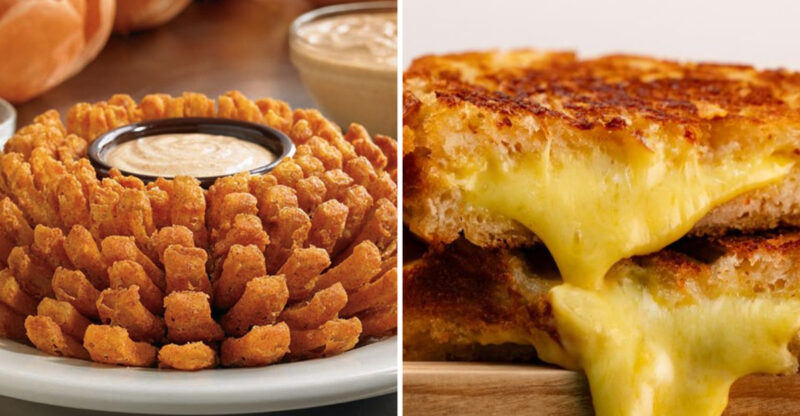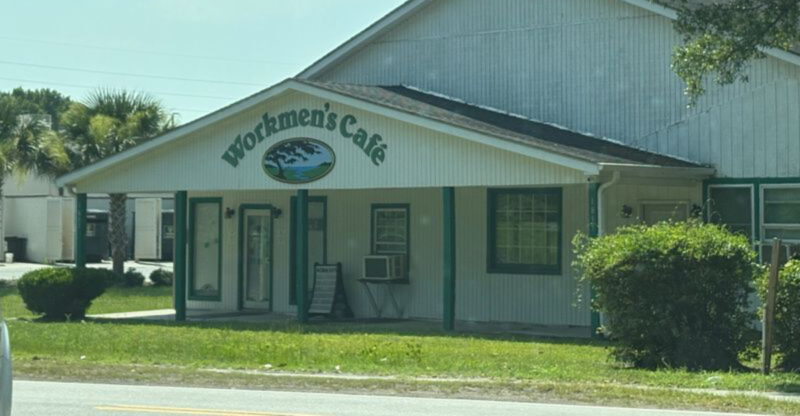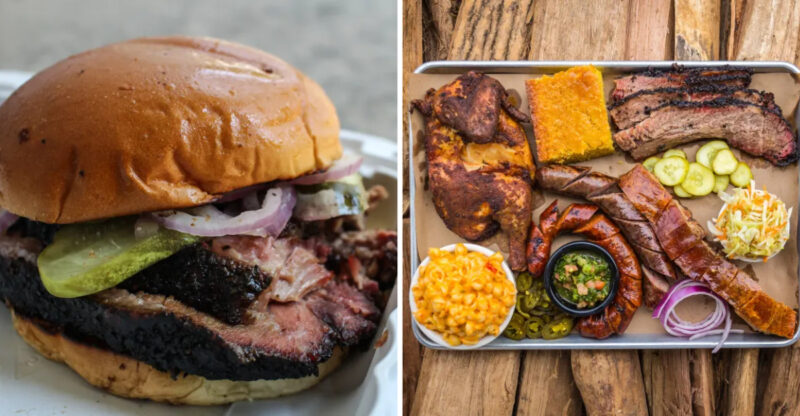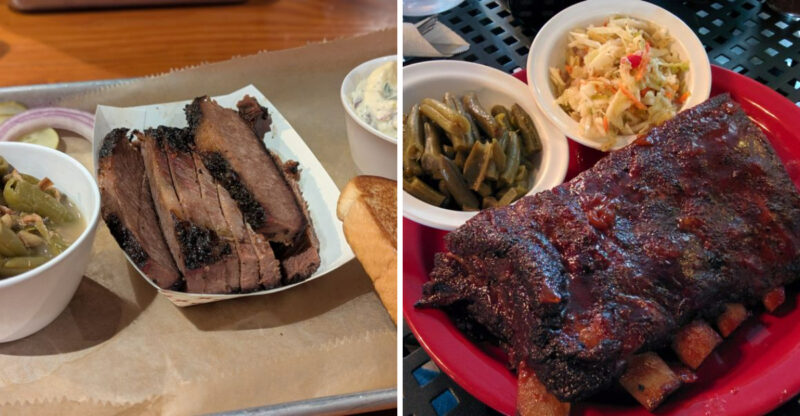7 Controversial North Carolina Foods, Alongside 7 Beloved Classics
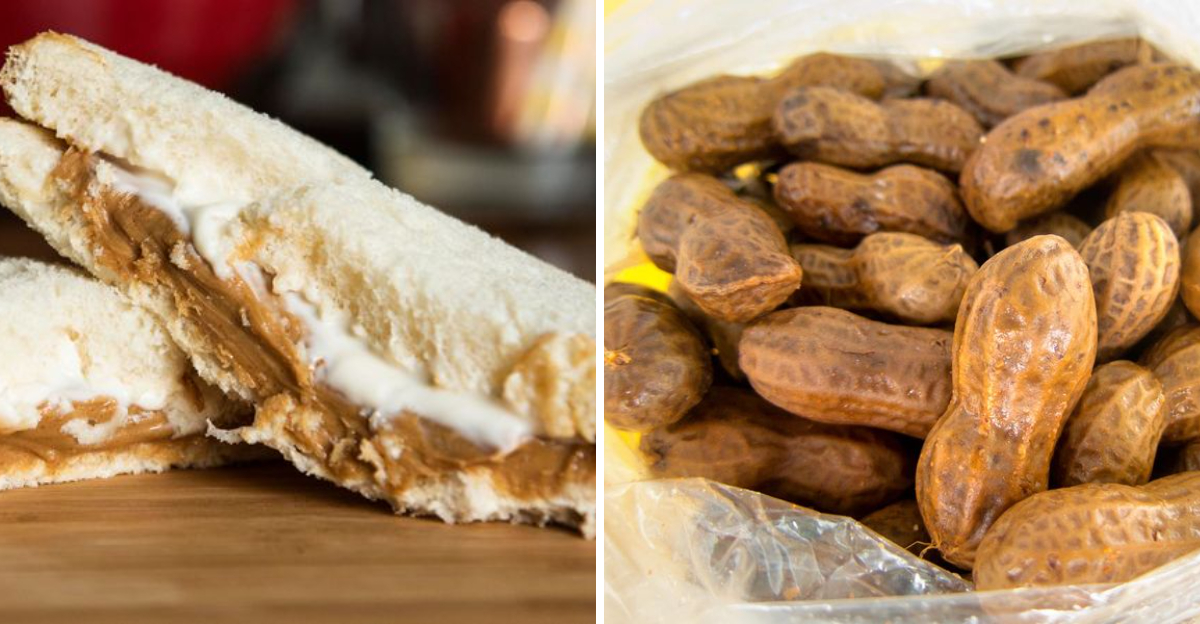
North Carolina’s food scene is as diverse as its landscape, from mountains to coast. Some local dishes have sparked debates at dinner tables across the state, while others are cherished by almost everyone. Whether you’re a born-and-raised Carolinian or just passing through, these foods tell the story of the Tar Heel State’s rich culinary heritage.
1. Livermush: The Gray Breakfast Mystery
A western NC staple made from pig liver, head parts, and cornmeal. Mixed together and formed into loaves, this gray meat product is sliced and fried until crispy.
Many compare it to scrapple but with a distinct Southern twist. Locals swear by it with eggs or as a sandwich with mustard.
2. Chitlins (Chitterlings): Intestinal Fortitude
Born from necessity during slavery when enslaved people made use of discarded pig parts, chitlins are cleaned pig intestines slow-cooked for hours.
The unmistakable smell during preparation has earned them the nickname ‘aromatic challenge.’ Despite the intense preparation process, many families still serve them at holiday gatherings.
3. Eastern NC Fish Stew with Eggs: The Breakfast Boil
Rockfish or other white fish simmers with potatoes, onions, and bacon in this coastal tradition. Near the end, eggs are cracked directly into the broth.
The result? A hearty one-pot meal where the eggs poach right in the flavorful liquid. Fishermen have relied on this protein-packed dish for generations before heading out to sea.
4. Red-Eye Gravy: Coffee in Your Breakfast
After frying country ham, cooks deglaze the pan with black coffee, creating a thin, reddish-brown sauce. The caffeine and salt combination creates a distinctive wake-up call.
Purists insist it should contain only ham drippings and coffee, no flour or other thickeners. This mountain morning tradition is typically sopped up with biscuits.
5. Ramps: The Mountain Stink Vegetable
These wild mountain leeks emerge in early spring, celebrated with festivals despite their powerful odor. The entire plant is edible; bulb, stem, and leaves.
Ramp enthusiasts claim their garlicky, oniony flavor is worth the social consequences. The smell can linger on your breath for days, causing some workplaces to declare ‘ramp holidays’ during peak season.
6. Peanut Butter & Mayo Sandwiches: The Unlikely Duo
A Depression-era creation that endures in North Carolina homes. Creamy peanut butter and mayonnaise are spread on white bread, sometimes with banana slices or pickle chips added.
The combination creates a savory-sweet flavor profile that devotees describe as ‘surprisingly good.’ Critics remain unconvinced, calling it an abomination against proper sandwich-making.
7. Boiled Peanuts: Roadside Squishy Snack
Green peanuts boiled in salty water until soft and mushy, far from the roasted crunch most people expect. Sold in foam cups from roadside stands throughout the state.
The texture surprises newcomers; soft, wet, and almost bean-like. Devotees will drive miles for a good batch, while critics wonder why anyone would ruin a perfectly good peanut.
8. Lexington-Style Barbecue: The Western Pride
Pork shoulders smoked over hardwood coals, chopped or sliced, then dressed with a vinegar-ketchup sauce. The meat develops a distinctive pink smoke ring and bark (crispy exterior).
Hailing from the Piedmont region, this style features a slightly sweeter profile than its eastern counterpart. Red slaw (made with the same sauce) is the traditional side.
9. Eastern-Style Barbecue: The Whole Hog Tradition
Whole hogs slowly cooked over wood coals, then chopped and mixed with a peppery vinegar sauce—no tomato allowed! This method uses all parts of the pig, creating a mix of textures.
The thin, spicy sauce cuts through the rich pork fat. Eastern-style is served with mayonnaise-based coleslaw and cornbread, sparking fierce regional debates about barbecue supremacy.
10. Cheerwine: The Cherry-Red Soda Sensation
Created in Salisbury in 1917, this burgundy-colored soft drink has a wild cherry flavor and more carbonation than typical sodas. The name comes from its color and cheerful effect, not alcohol content.
Still family-owned, Cheerwine inspires fierce loyalty among North Carolinians. It’s used in everything from barbecue sauce to cake recipes across the state.
11. Texas Pete Hot Sauce: The Misnamed Carolina Classic
Despite its name, this iconic hot sauce was born in Winston-Salem, not Texas. The creators thought the name sounded spicier than ‘North Carolina Pete.’
The moderate heat level makes it versatile for everything from eggs to barbecue. Many restaurants keep bottles on tables alongside salt and pepper, treating it as a fundamental condiment.
12. Carolina-Style Hot Dogs: The ‘All The Way’ Experience
A steamed bun cradles a bright red hot dog topped with chili (no beans!), onions, mustard, and coleslaw. The combination creates a perfect balance of spicy, tangy, and creamy.
Local hot dog joints often have their own secret chili recipes passed down for generations. Ordering one ‘all the way’ means you want every topping; a true Carolina experience.
13. Moravian Spice Cookies: The Paper-Thin Treat
Brought by Moravian settlers to Winston-Salem, these cookies are rolled incredibly thin, almost translucent. Spiced with ginger, cloves, and molasses, they snap rather than crumble.
During holidays, they’re sold in decorative tins throughout the state. Some bakeries still use centuries-old recipes and wooden molds to create intricate designs on these spicy delights.
14. Calabash-Style Seafood: The Lightly Battered Bounty
Fresh seafood dipped in light batter and quickly fried, originating in the fishing town of Calabash. The coating is whisper-thin, allowing the seafood’s natural flavor to shine through.
Served in massive portions with hushpuppies and coleslaw, this style has spread far beyond its coastal origins. Locals insist true Calabash seafood must be caught and cooked the same day.


